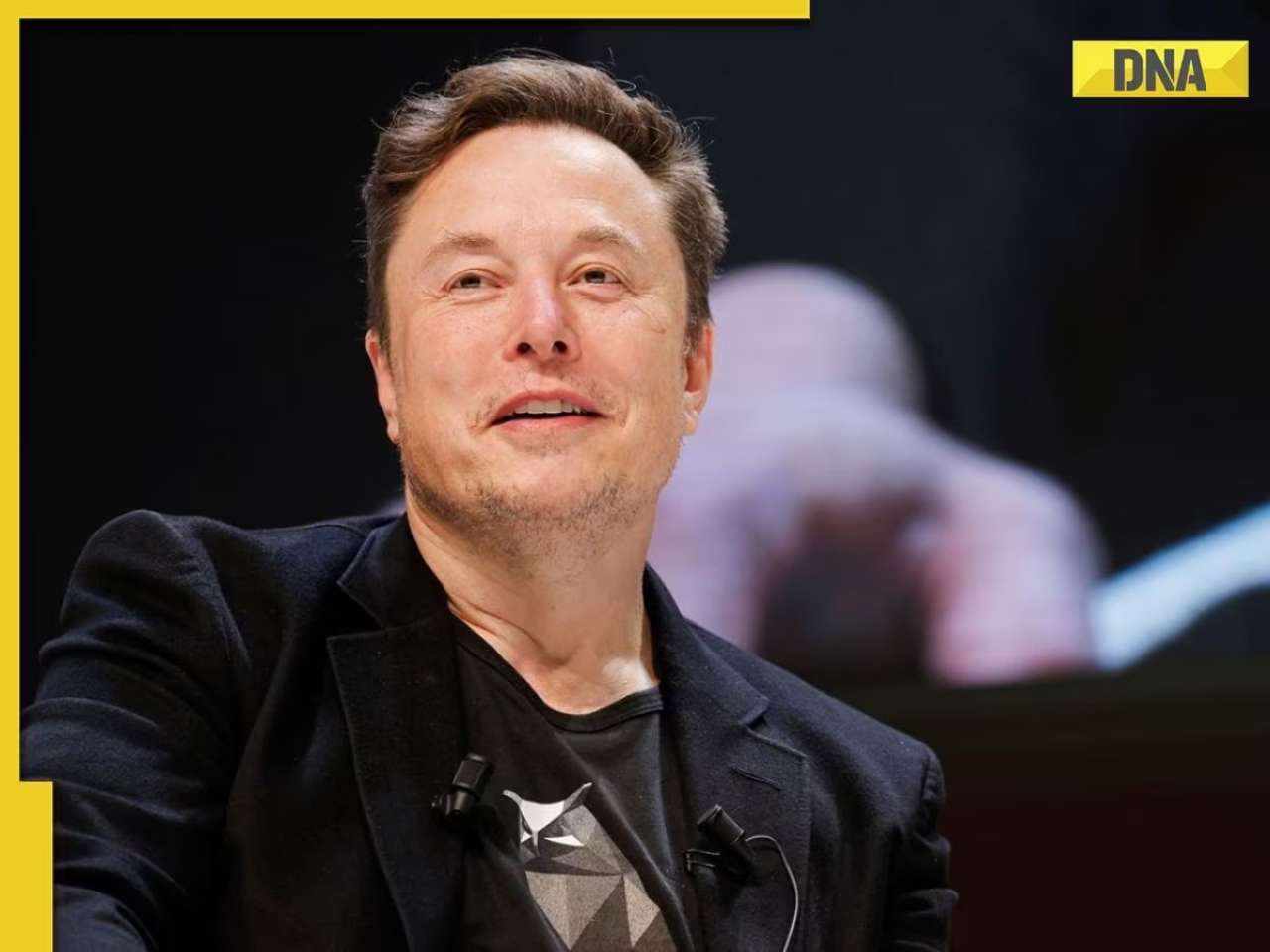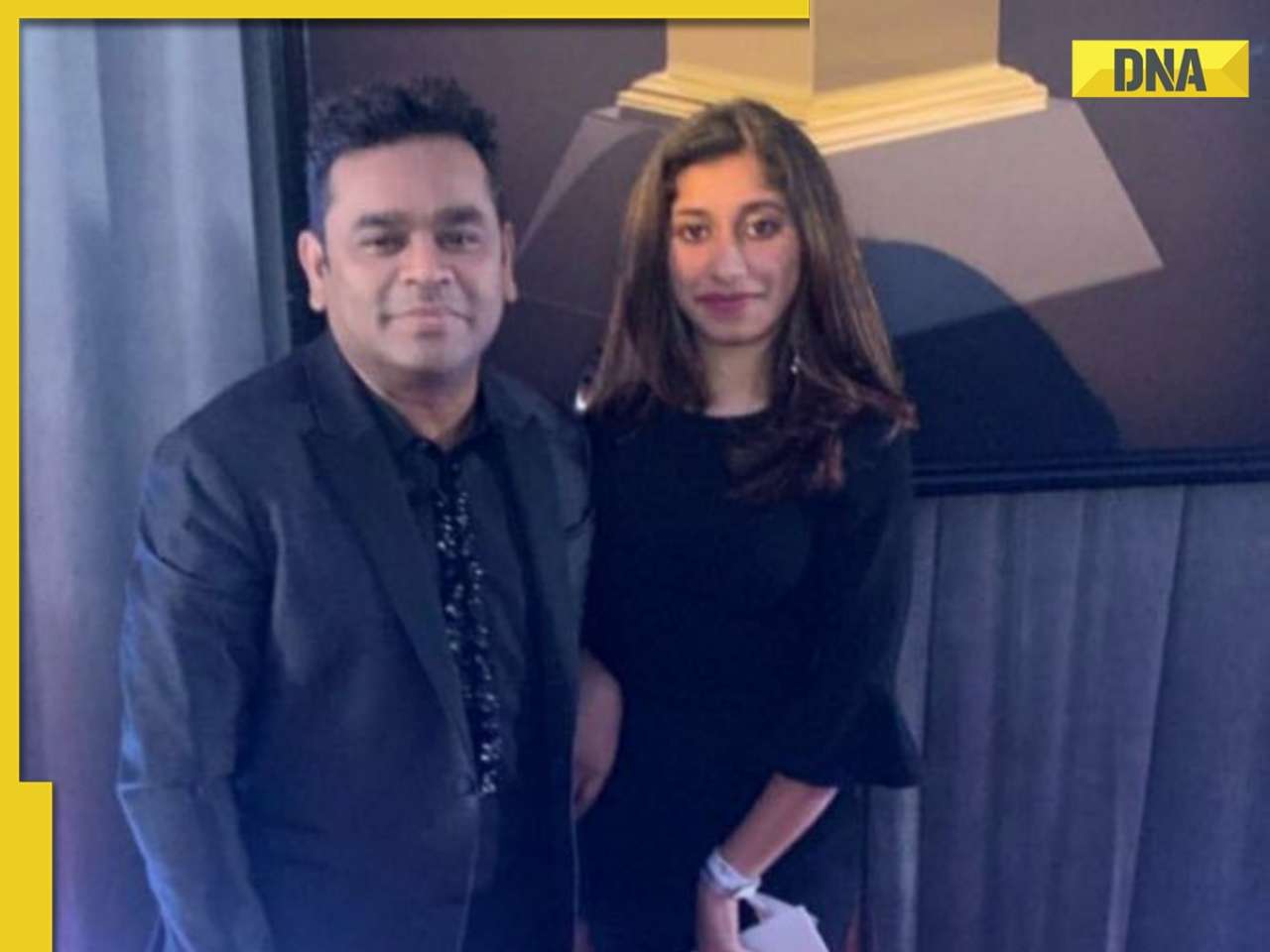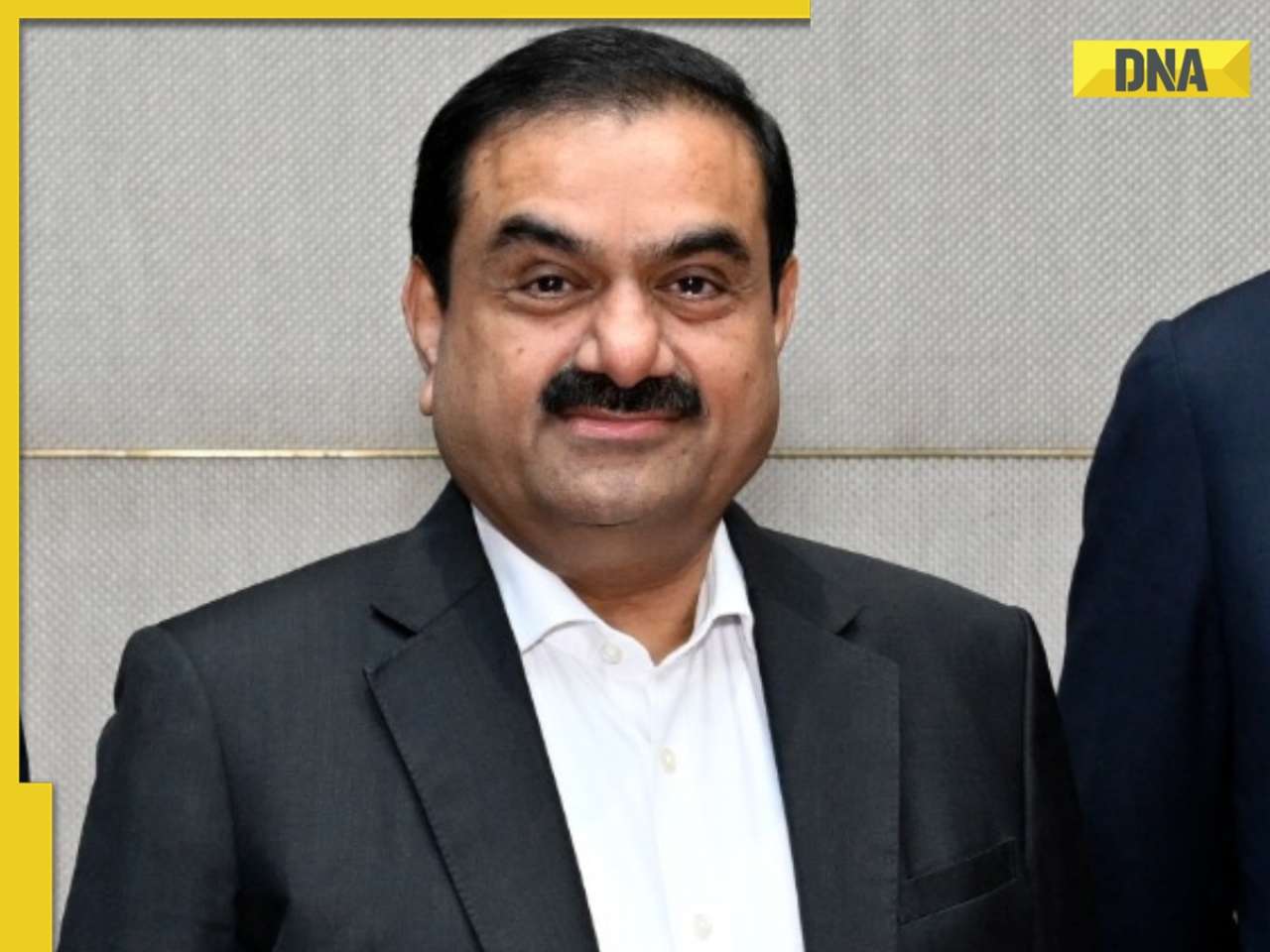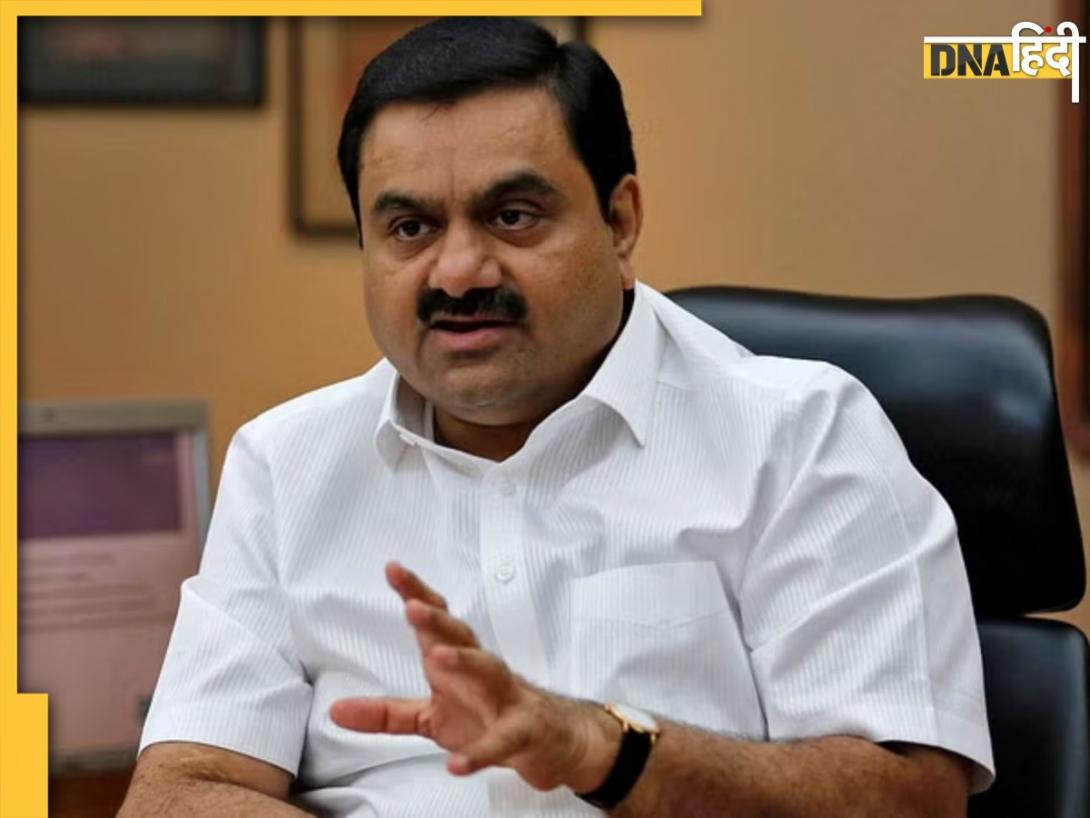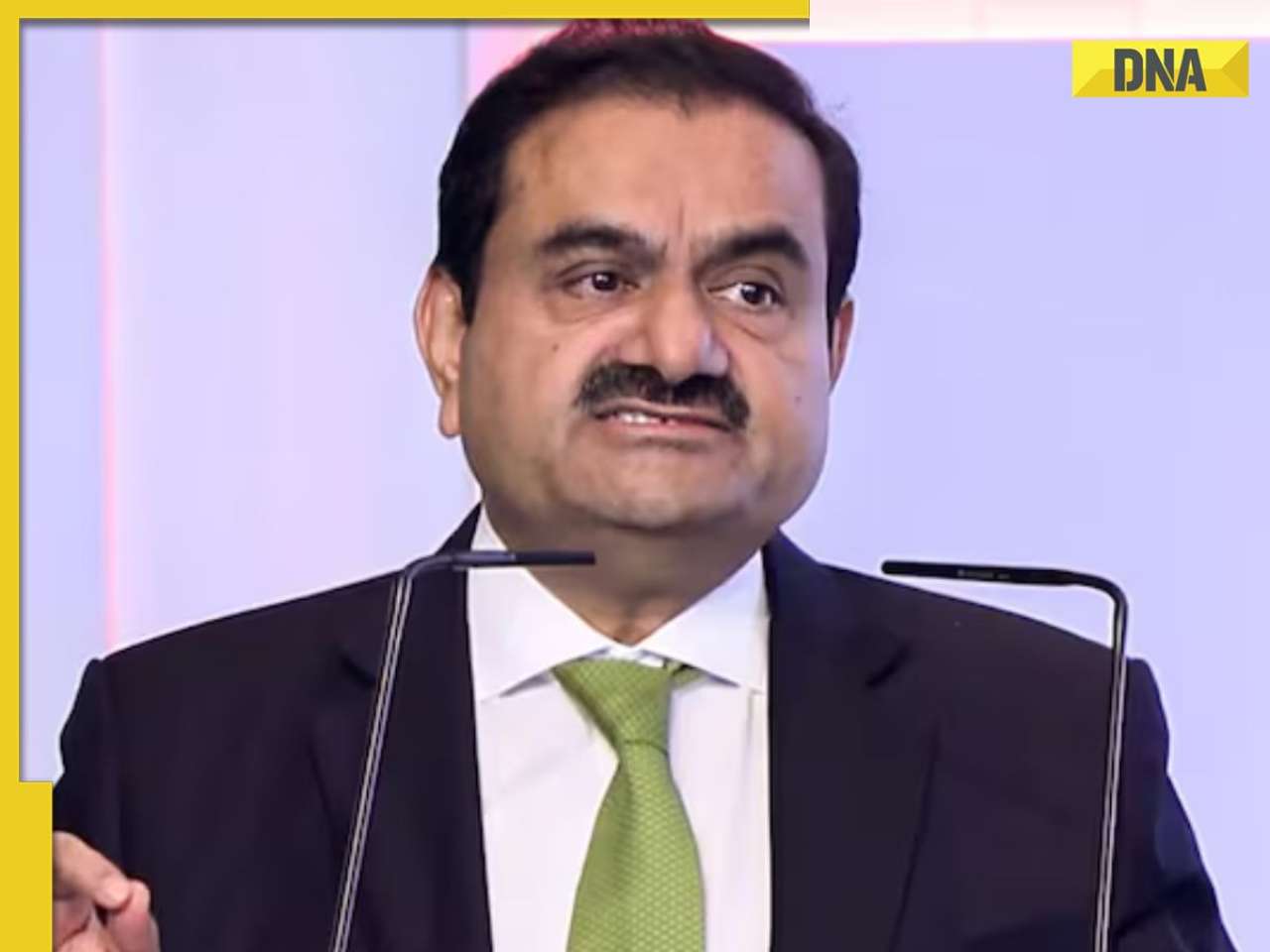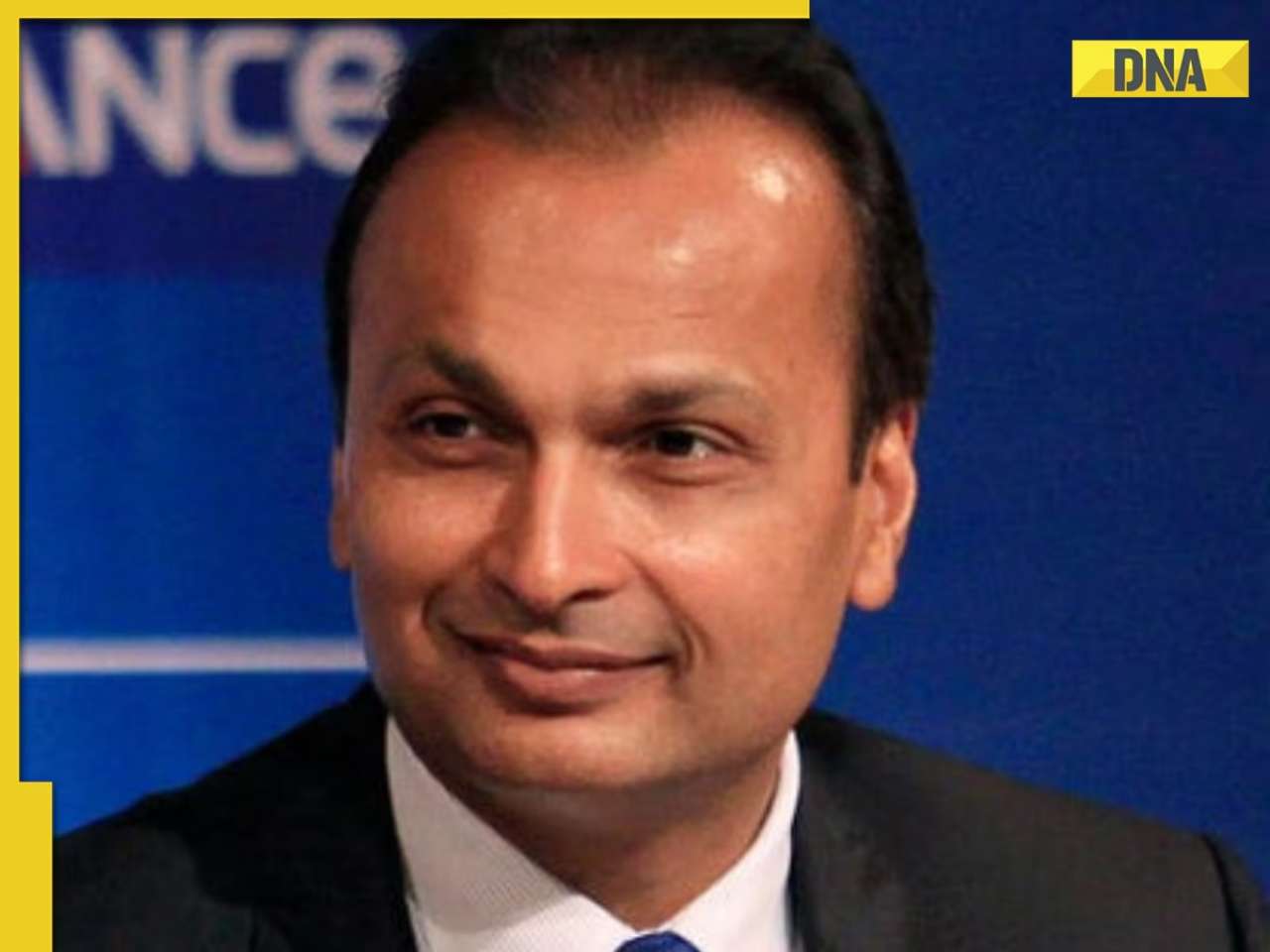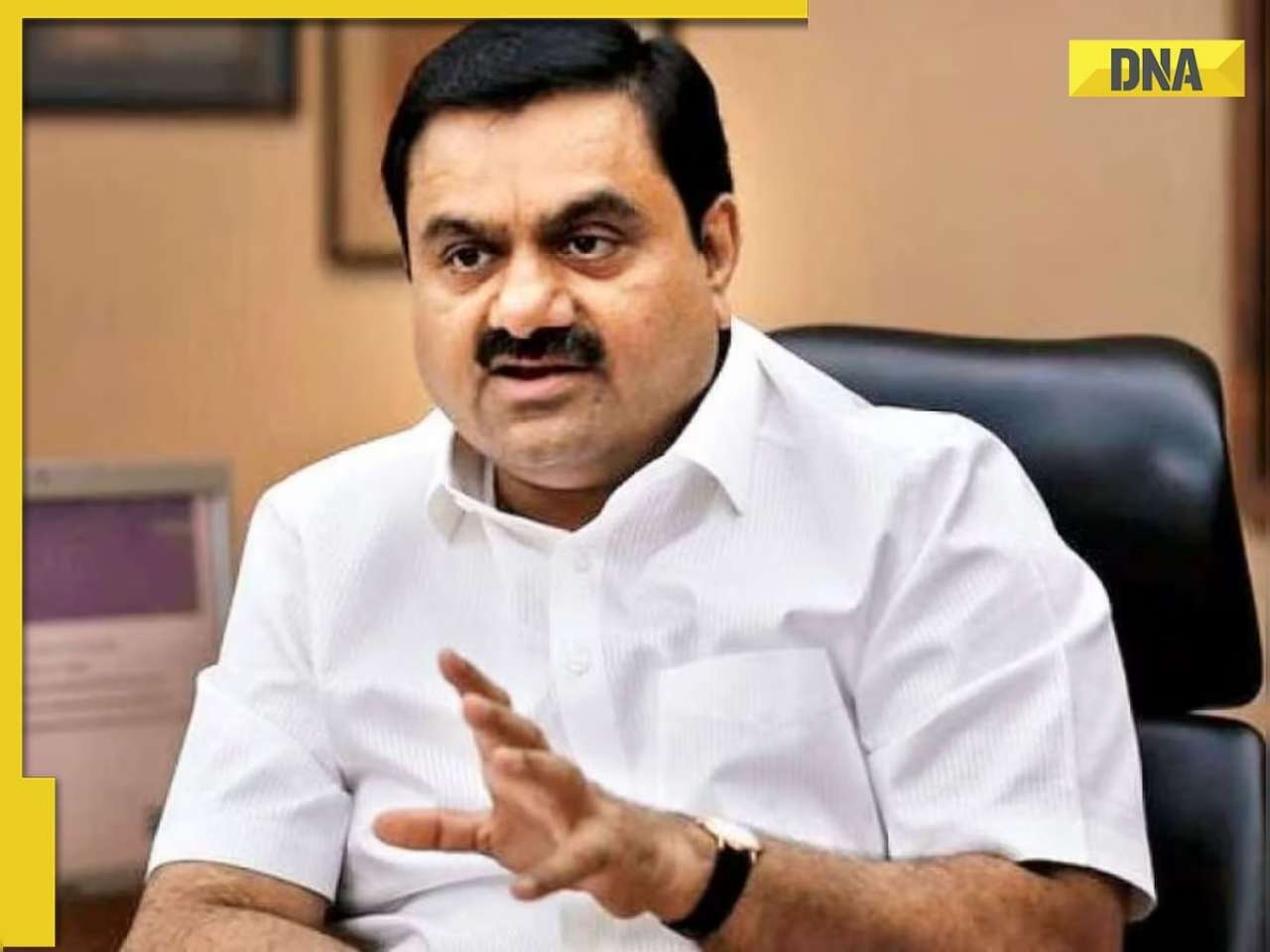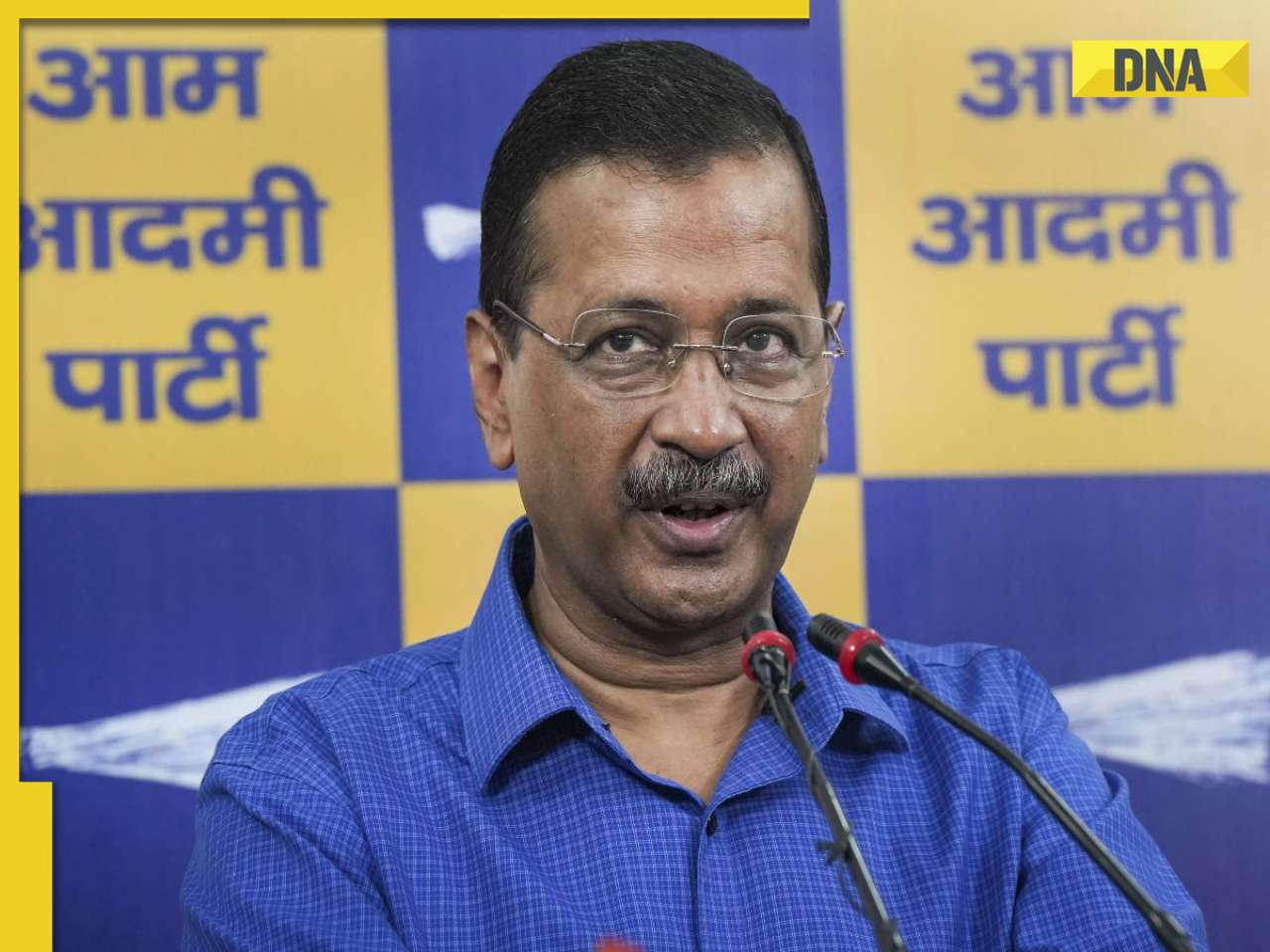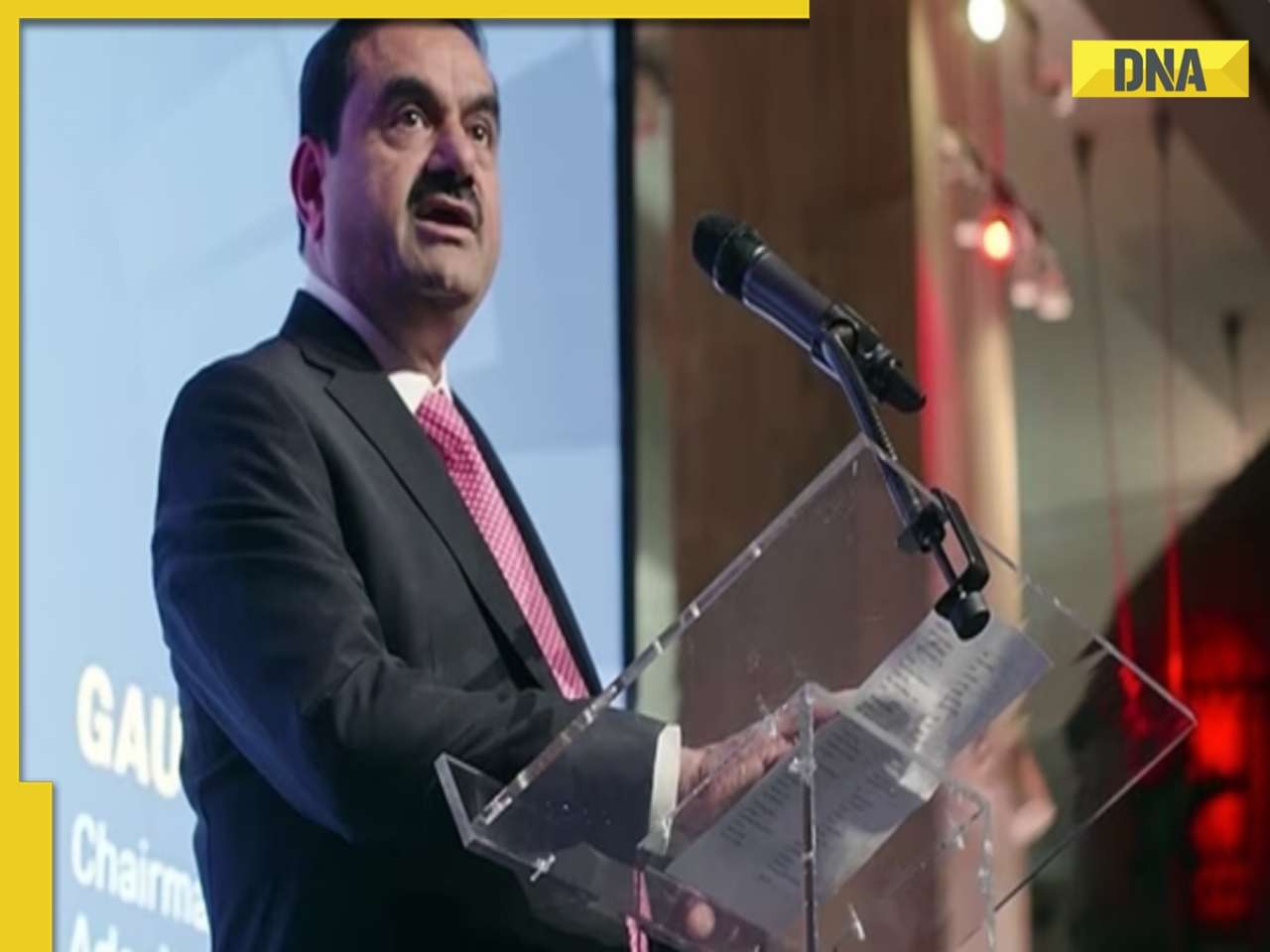- LATEST
- WEBSTORY
- TRENDING
INDIA
Navigating the Ever-Changing Tech Landscape: The Journey of Aravind Ayyagari
In this in-depth conversation, we explore the milestones of his career, the challenges he has faced, and the principles that have guided him in his pursuit of innovation and excellence in the software engineering field.
TRENDING NOW
In the rapidly evolving world of software engineering, few professionals can boast a career as dynamic and impactful as Aravind Ayyagari. From the heart of California’s tech hubs, Aravind has been at the forefront of cutting-edge projects across diverse domains. His journey is a testament to the power of continuous learning, adaptability, and a relentless pursuit of excellence. In this in-depth conversation, we explore the milestones of his career, the challenges he has faced, and the principles that have guided him in his pursuit of innovation and excellence in the software engineering field.
Q1: Aravind, your journey in software engineering has been remarkable. Can you share what initially drew you to this field?
A: My fascination with software engineering began during my undergraduate studies at JNT University in Hyderabad, India. The idea that you could create something from nothing, using only code, was incredibly exciting to me. I was particularly drawn to the problem-solving aspect of programming—how you could break down complex issues into manageable pieces and craft elegant solutions. This curiosity drove me to pursue a Master's in Computer Science at Wichita State University, where I honed my skills and developed a deep appreciation for the intricacies of software design, development, and implementation.
Q2: You’ve worked on a diverse range of projects throughout your career. Which project do you consider the most challenging, and why?
A: Each project I’ve worked on has come with its own set of challenges, but if I had to pick one, it would be my time at Vayama, working on the Mid Office systems for their platforms. The complexity of processing bookings made by customers and integrating that with a finance system required a deep understanding of various technologies and frameworks. We were dealing with Windows Workflows, WCF services, and implementing business logic using design patterns like Singleton, Factory, and Strategy. The challenge was not only technical but also in ensuring that the system could handle high loads and deliver accurate results consistently. It was a crash course in scalability and reliability, and the lessons I learned there have been invaluable in my subsequent roles.
Q3: In your current role at Illumina, you’ve been working on some innovative projects. Could you tell us more about your work there, particularly in relation to the COVID sample tracking system?
A: At Illumina, I’ve had the opportunity to work on projects that are not just technically challenging but also have a real-world impact. One such project is the COVID sample tracking system. We designed this system to track samples through each stage of the testing process, from the moment they're received to when the results are sent out to customers. This involved designing multiple microservices, each responsible for different stages of the sample processing pipeline. These microservices provided live status updates, ensuring that stakeholders could easily track which stage the sample was in at any given time.
Additionally, we developed features that delivered key performance indicators (KPIs) and turnaround time (TAT) metrics for each sample, helping us monitor and improve efficiency. Another critical aspect was handling the vast amounts of data—often in terabytes—for each sample. This data had to be delivered quickly and effectively to government bodies, which we achieved by utilizing Amazon S3 for storage and Mirth Connect for secure, efficient data transmission. This project was a perfect example of how software engineering can directly contribute to solving global challenges.
Q4: Your technical skills span a wide array of programming languages and frameworks. How do you stay updated with the latest trends and technologies in such a fast-paced industry?
A: The key to staying updated in this industry is continuous learning. I’ve always believed that a good engineer is someone who is constantly curious and willing to learn new things. I make it a point to stay engaged with the tech community, whether it's through attending conferences, participating in webinars, or contributing to open-source projects. I also dedicate significant time to experimenting with new technologies in my personal projects. For example, I’ve recently been working with Python, exploring AI and machine learning models, and delving into data warehousing solutions like Kafka. Additionally, I have been experimenting with microservices, which are becoming increasingly important in modern software architecture. It’s all about maintaining a growth mindset and never being complacent with what you know.
Q5: In your various roles, you’ve implemented numerous design patterns and best practices. Can you share your philosophy on software design and what principles you prioritize?
A: My approach to software design centers around three core principles: simplicity, scalability, and maintainability. I believe that the best architectural decisions are those that solve the problem efficiently without introducing unnecessary complexity. Instead of focusing purely on traditional design patterns, I emphasize applying architectural frameworks that fit the context, such as microservices for modular, decoupled systems or event-driven architecture for responsive and resilient designs. In my work at Illumina and ProQuest, for example, I’ve utilized strategies like dependency injection, domain-driven design (DDD), and CQRS (Command Query Responsibility Segregation) to ensure that our systems are not only efficient but also future-proof and easy to maintain. Moreover, I focus heavily on writing clean, modular code that can be easily understood and adapted by other developers. This emphasis on clarity and modularity doesn’t just contribute to more robust software; it also fosters a culture of collaboration and knowledge sharing within the team, as it becomes easier to iterate, troubleshoot, and scale solutions collectively.
Q6: Your experience includes working on both front-end and back-end technologies. How do you approach full-stack development, and what challenges do you encounter?
A: Full-stack development requires a holistic approach that ensures seamless interaction between the front-end and back-end systems. When working on a full-stack project, I begin by thoroughly defining the requirements and designing how the front-end and back-end components will communicate. One of the primary challenges is ensuring that both ends are optimized for performance while maintaining a consistent and smooth user experience. This often involves updating back-end systems to handle large-scale data operations like metadata imports or real-time processing while ensuring that the front-end remains highly responsive and user-friendly. For example, in modern applications where data-intensive operations are necessary, such as updating dynamic dashboards or handling real-time analytics, I focus on utilizing technologies like GraphQL for optimized querying. On the back-end, I rely on microservices architecture, serverless functions, and event-driven models to ensure that the system can scale efficiently while minimizing latency. The goal is to create a well-architected solution that balances the complexity of the back-end with the need for a fluid and responsive front-end. This often requires continuous testing, performance tuning, and ensuring a strong communication pipeline between both ends of the stack.
Q7: You’ve also been involved in migrating legacy systems to modern platforms. What advice would you give to teams embarking on a similar journey?
A: Migrating legacy systems is a complex process that requires careful planning and execution. My advice to teams would be to start with a thorough assessment of the existing system—understand its strengths, weaknesses, and the specific challenges that need to be addressed in the migration. It’s important to have a clear roadmap that outlines each step of the migration process, from data migration to system integration and testing. Also, never underestimate the importance of documentation. Clear, detailed documentation can be a lifesaver when dealing with unexpected issues during migration. Lastly, always involve key stakeholders in the planning process and keep them informed throughout the project to ensure alignment and support.
Q8: Collaboration seems to be a recurring theme in your work. How do you foster a collaborative environment within your teams?
A: Collaboration is the cornerstone of successful software development. I’ve found that open communication and mutual respect are key to fostering a collaborative environment. I encourage my team members to share their ideas and perspectives, no matter how different they might be. This diversity of thought often leads to more innovative solutions. I also make it a point to provide regular feedback and recognize the contributions of each team member, which helps build trust and camaraderie. In a collaborative environment, everyone feels valued, and this not only improves the quality of the work but also makes the process more enjoyable for everyone involved.
Q9: With your extensive experience, what would you say is the most important lesson you’ve learned in your career?
A: The most important lesson I’ve learned is the value of adaptability. The tech industry is constantly evolving, and what works today might not work tomorrow. Being adaptable means being willing to learn new skills, embrace new technologies, and sometimes even change your approach entirely. It’s about being open to new ideas and not being afraid to step out of your comfort zone. This adaptability has allowed me to thrive in different roles and environments, from startups to large corporations, and tackle a wide range of challenges successfully.
Q10: Looking ahead, what are your future aspirations in the field of software engineering?
A: Moving forward, I’m enthusiastic about how emerging technologies like artificial intelligence, machine learning, and blockchain are reshaping software engineering. My primary focus is on how these technologies can be integrated into existing infrastructures to create smarter, more intuitive, and highly efficient systems. For example, I’m particularly interested in exploring how AI can enhance automation in industries like healthcare and finance, where intelligent decision-making can have a profound impact. My aspirations are not only to continue pushing the boundaries of what's possible with these technologies but also to drive innovation at a larger scale—whether through building cutting-edge applications or pioneering new frameworks that can lead to more scalable and adaptable systems. Additionally, mentoring the next generation of engineers is a passion of mine. By sharing my experiences and insights, I hope to inspire others to reach their full potential and contribute to the broader tech community’s growth and success. My ultimate goal is to leverage these advancements to solve real-world problems, while fostering a culture of continuous learning and innovation.
Aravind Ayyagari’s journey in software engineering is a powerful reminder of the importance of continuous learning, adaptability, and collaboration. His ability to navigate complex challenges with a focus on simplicity and scalability has made him a key player in the tech industry. As Aravind continues to push the boundaries of innovation, he remains committed to mentoring others and contributing to the growth of the tech community. His story is not just one of personal achievement but also of a deep commitment to making a lasting impact in the world of software engineering.
The DNA app is now available for download on the Google Play Store. Please download the app and share your feedback with us.







)
)
)
)
)
)
)
)
)
)
)
)
)
)
)
)








